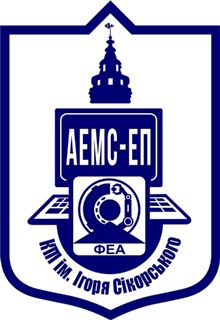MTA control for traction IM drives : Theory and experimental results
MTA control for traction IM drives : Theory and experimental results (2015) Electrical Systems for Aircraft, Railway and Ship Propulsion, ESARS
Bozhko, S., Dymko, S., Kovbasa, S., Peresada, S.
A novel maximum torque per Ampere (MTPA) controller for the induction motor (IM) drives is presented. It is shown to be highly suited to applications that do not demand an extremely fast dynamic response, for example, electric vehicle drives. The proposed MTPA field oriented controller guarantees asymptotic torque (speed) tracking of smooth reference trajectories and maximizes the torque per Ampere ratio when the developed torque is constant or slow varying. An output-feedback linearizing concept is employed for the design of torque and flux subsystems to compensate for the torque-dependent flux variations required to satisfy the MTPA condition. As a first step, a linear approximation of the IM magnetic system is considered. Then, based on a standard saturated IM model, the nonlinear MTPA relationship for the rotor flux are derived as a function of the desired torque, and a modified torque-flux controller for the saturated machine is developed. The static and dynamic flux reference calculation methods to achieve simultaneously an asymptotic field orientation, a torque-flux decoupling, and an MTPA optimization in a steady state, is proposed. The method guarantees a singularity free operation and can be used as means to improve stator current transients. Experimental tests prove the accuracy of the control over a full torque range and show successful compensation of the magnetizing inductance variations caused by saturation. The proposed MTPA control algorithm also demonstrates a decoupling of the torque (speed) and flux dynamics to ensure asymptotic torque tracking. In addition, a higher torque per Ampere ratio is achieved together with an improved efficiency of electromechanical energy conversion.










